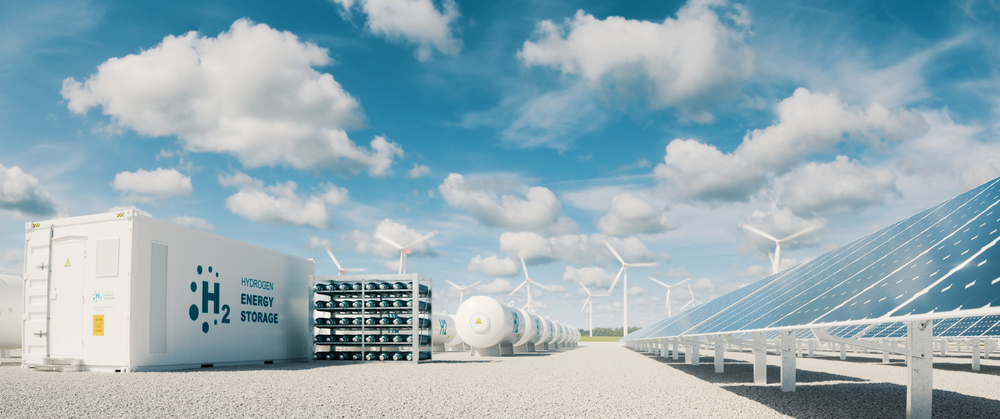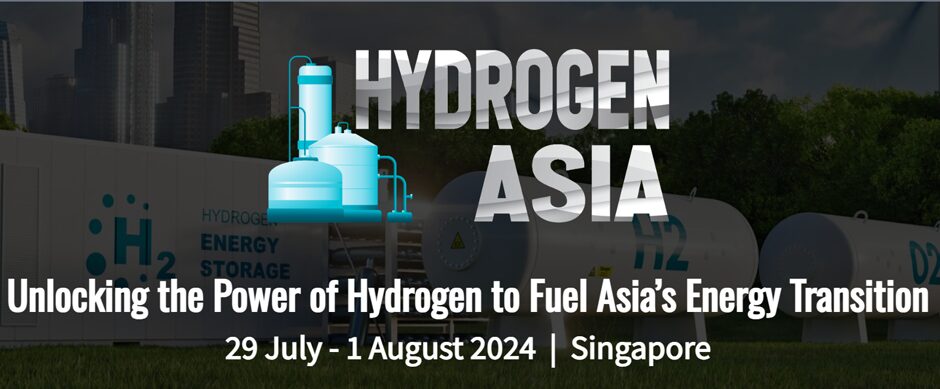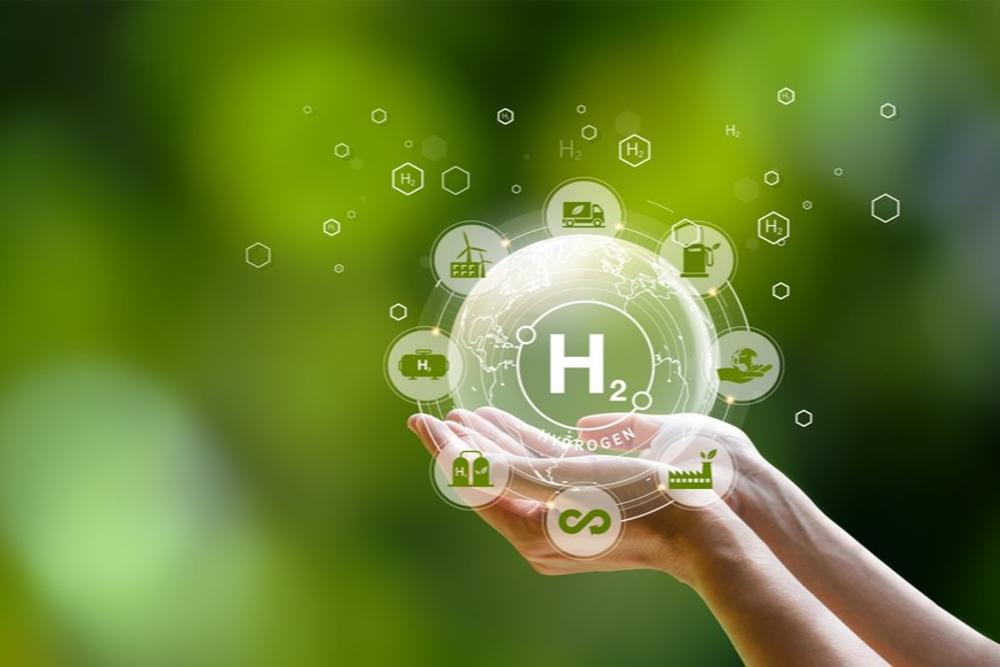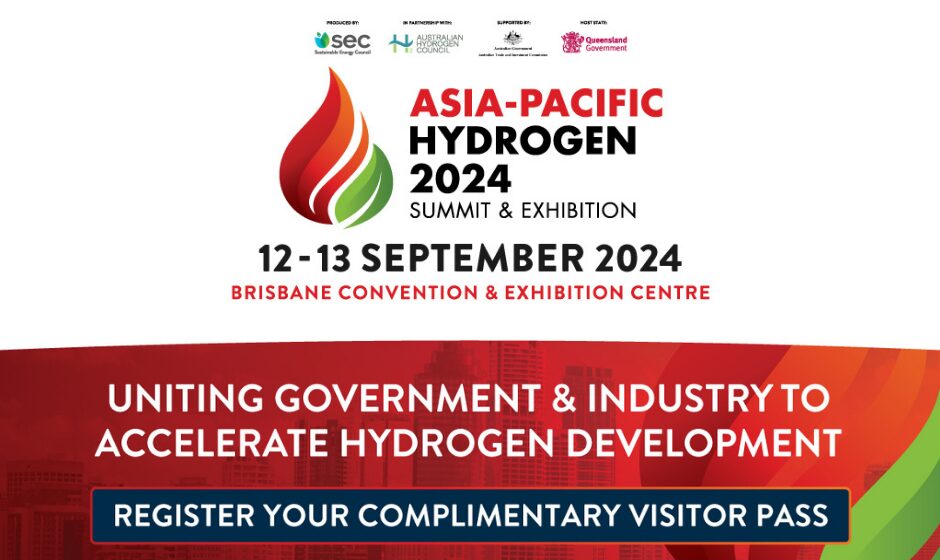
Queenslanders can now have their say on the H2-Hub™ Gladstone proposal to develop a $4.7 billion green hydrogen and green ammonia production and export facility at Yarwun, near Gladstone.
Queensland’s Coordinator-General has now released draft terms of reference for the H2-HubTM Gladstone project’s environmental impact statement (EIS).
Deputy Premier and Minister for State Development Steven Miles said it is an exciting project for Central Queensland and for the state’s future as an emerging hydrogen superpower.
“H2U estimates the project will create over 550 jobs during construction, with up to 350 jobs during the peak construction phase, and 140 ongoing operational jobs.
“I announced in April that the project had been declared a coordinated project and that H2U and Orica had made a strategic partnership agreement to initiate the project’s first phase. This is another step forward.”
The H2-Hub™ Gladstone project has a planned capacity of up to 3 gigawatts of electrolysis and up to 5,000 tonnes per day of green ammonia production.
Minister for Energy, Renewables and Hydrogen Mick de Brenni said the H2U facility is expected to use 100 per cent renewable energy from new-build solar and wind resources in the Queensland region.
“Projects like this help to propel Queensland towards becoming a clean energy powerhouse,” Mr de Brenni said.
“Throughout the state, we are seeing enormous activity because Queensland could have as much as 40 per cent of Australia’s hydrogen production by 2040.”
Hydrogen Utility (H2U) is proposing a two-stage development to create a major new industrial hub in the Gladstone State Development Area with export infrastructure at Fisherman’s Landing Wharf, Port of Gladstone.
The H2-Hub™ Gladstone project has a planned capacity of up to 3 gigawatts of electrolysis and up to 5,000 tonnes per day of green ammonia production. It is expected the proposed facility will use 100 per cent renewable energy from new-build solar and wind resources in the Queensland region.
Subject to approvals, H2U proposes to begin stage-one construction in 2023 with production commencing towards the end of 2025.
The public can have their say on the EIS’s draft terms of reference until 5pm on 13 September 2022.












